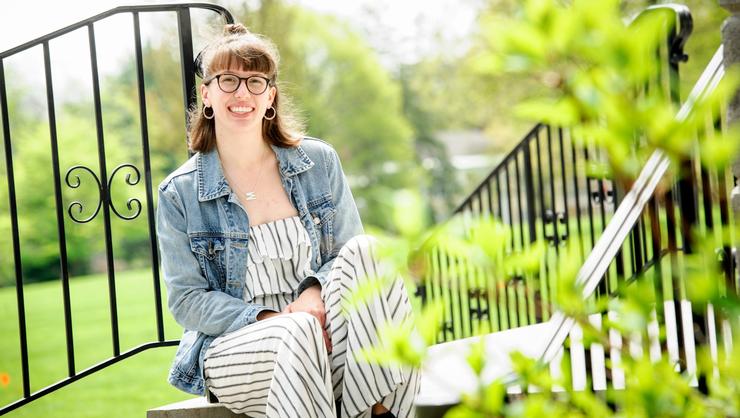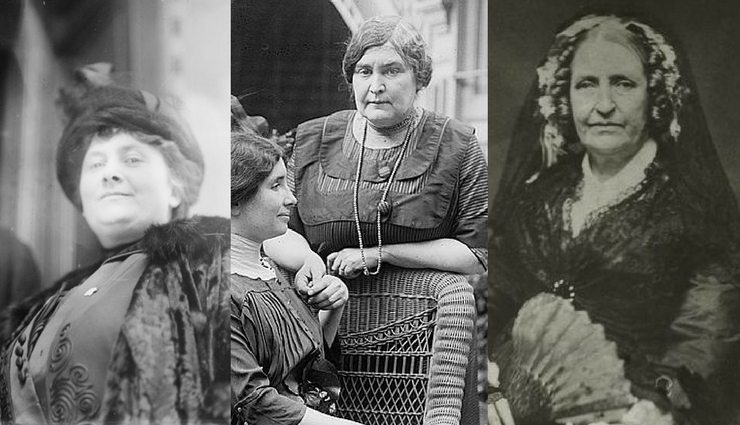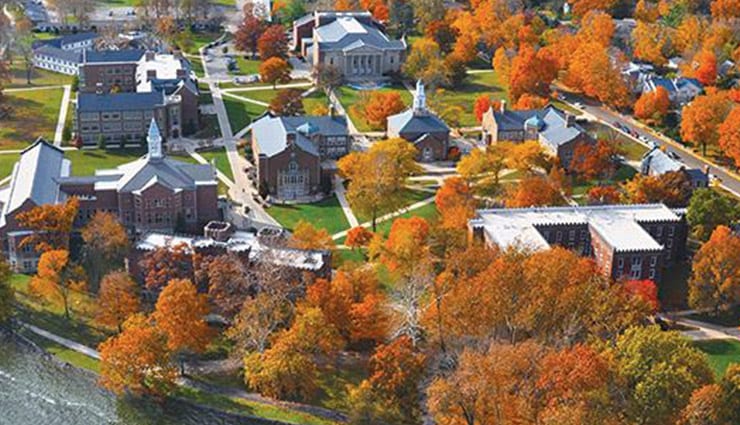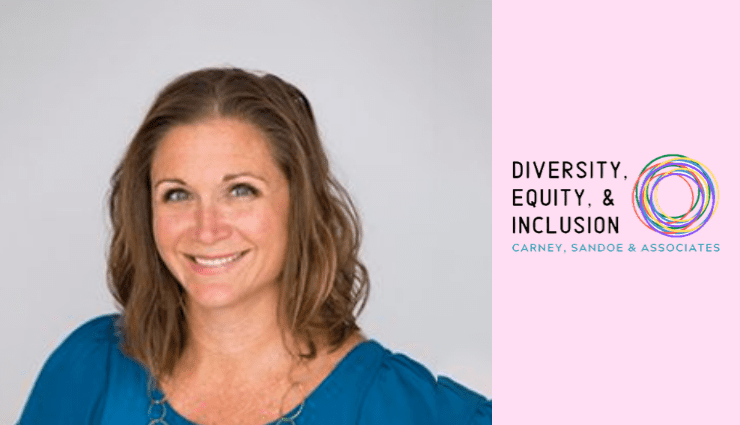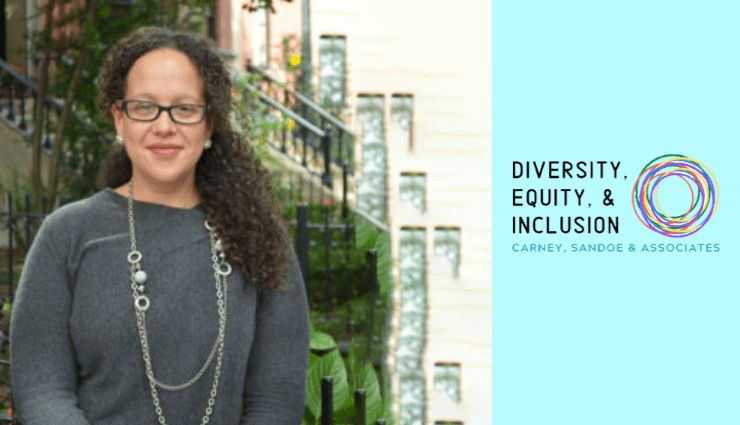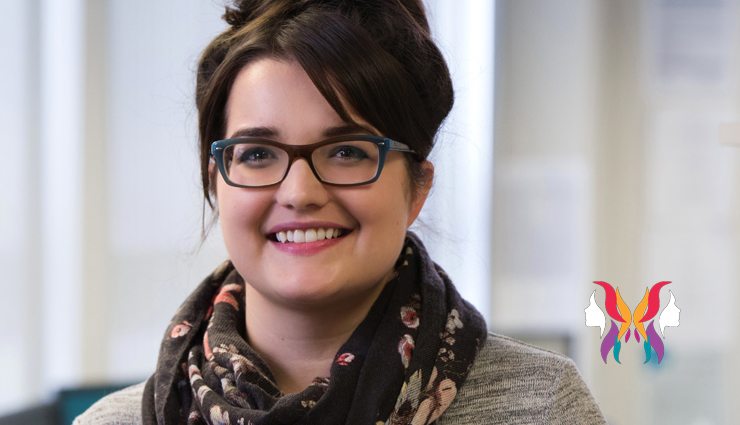The Educator’s Notebook: An Interview with Peter Nilsson

Peter Nilsson teaches English and is the Director of Research, Innovation, and Outreach at Deerfield Academy, a boarding school in Western Massachusetts. He has taught at Deerfield since 2000, with a four-year hiatus as a musician in New York City. At Deerfield, Nilsson has taught courses on Paradise Lost, intersections of literature and science, New England poetry, British literature, and American literature. A fan of Anglo-Saxon and Renaissance poetry, Nilsson uses verse as a tool for teaching writing skills. He currently teaches sophomore English, a senior elective on the evolution of literary form, another elective that uses mathematical software to analyze literature, and a course on writing fundamentals.
As Director of Research, Innovation, and Outreach, Nilsson guides Deerfield’s Release Grant program, in which teachers are released from a class to work collaboratively on projects of pedagogical or institutional value. In this role, he also shapes systems for connecting Deerfield to the broader education landscape.
In addition to his work at Deerfield, Nilsson finds time to maintain The Educator’s Notebook, a weekly e-newsletter that promotes informed practices in education by collecting education news and related research from around the web. He is also the founder and executive director of The Athena Project, a nonprofit platform for resource sharing, collaboration, and professional development. As the site puts it, “No whistles and bells. No badges. Just a place for teachers to share, find, and improve the questions, activities, and assignments we use every day.”
Nilsson writes occasionally at Sense and Sensation, a blog about intersections between creativity, cognitive science, and education, and finds time to coach recreational squash and ultimate (Frisbee).
As a faithful reader of The Educator’s Notebook, I’ve been impressed with the range of articles Nilsson collects each week. The newsletter is always well curated, taking a holistic approach to the concerns of education — ranging from practical pieces on curriculum and pedagogy to new research into child development, to timely news and some unexpected but always engaging pieces about teaching, learning, and living.
I caught up with Peter Nilsson recently to get the backstory to his newsletter — and to see what all this work has meant for him as an educator.
Michael Brosnan: You teach in a boarding school, so I know you are extremely busy. What made you want to start a weekly e-newsletter on education? I’m sure it involves lots of reading and research each week.
Peter Nilsson: The newsletter began when I realized that different departments on campus circulate news articles to themselves, but not necessarily to others: people in the English department forward articles to each other, those in the math department do the same, and administrators, too, tend to forward among themselves. So we’re all reading about how to improve schools, but we’re reading different things, and I thought it would be helpful if we shared that knowledge. So, I recruited about 25 faculty and administrators and said, “Ok: everybody send me articles you read over the week. I’ll collect them and send them out to everyone on Sunday morning. We’ll try it for four weeks and see how it goes.” After a month I asked, “Should I keep doing it?” and everyone said, “Yes!” And I said, “I’m way too busy,” so I put it off.
That was in spring 2013. That fall, I realized this was something that would be really helpful, so I looked into free email services, started taking it a little more seriously, and began sending it out indefinitely. People started sharing it with friends, and while I’ve never formally promoted the newsletter, it has now grown to span teachers, school leaders, nonprofits, conference directors, think tanks, for profit organizations, and more. I generally don’t share the circulation numbers, but it’s going out now to every continent but Antarctica, which has been a pleasant surprise!
Brosnan: How do you decide what is newsworthy?
Nilsson: I haven’t quite codified a process — your asking this question has helped — but there are a few things that I do consciously think about. First, is the article useful? Is there something in the article that a reader can easily use or adapt to their practice, either as a teacher or a school leader? That’s the first thing I think about for sure. Second, does the article present an innovation in another field that could be adapted to education? There are so many opportunities for cross-fertilization. These kinds of articles — from public health, from economics, from the startup world — are sometimes most provocative for understanding our work from a new perspective. Third, does an article present progress in a given field? While we teach our students skills and character, the content of our courses is what grounds our work and inspires both students and teachers alike. Progress in our areas of interest — from Fields Medal winners to new editions of ancient texts — inspire us to keep learning. And lastly, when possible in all these, I aim to share opposing perspectives when I can find them.
A few things I intentionally avoid: scandals (nobody gains from the voyeurism), politics (unless it affects student experience), and policy (it’s relevant to our work, but generally not useful on a daily basis). Generally, I’m interested in what is usable for people working in schools to make schools better.
Brosnan: What impresses me about your newsletter is the range of articles you share each week. To take just one week as an example, you start with a fascinating article on the first translation of The Odyssey by a woman, shift to more practical pieces on curriculum and pedagogy, leap to a few theoretical pieces, then end with the irresistible question, “Is Work-Life Integration Actually Better than Work-Life Separation?” Is there a system to your choices?
Nilsson: If there’s something responsible for the breadth of articles, it’s probably the curation process. I end up scanning about 2,000 headlines a week, selecting maybe 100 to skim, and then a smaller number to actually read, and a selection of those to include. I gather articles from two main sources: email newsletters and RSS feeds. I subscribe to maybe 30-40 email newsletters, from general news outlets like the New York Times, Los Angles Times, and Quartz, to unique dailies or weeklies like Three Quarks Daily, Jocelyn Glei, and ArtsJournal, to more education-centric sources like ASCD SmartBrief, EdSurge, and Audrey Watters’ Hack Education. These amount to about 130 emails a week with an average of maybe 10 headlines each, so about 1,300 headlines there. I then use Feedly to aggregate posts from blogs, universities, research outlets, education journals like KQED and the Hechinger Report, and designers and artists, too. This usually adds up to about 700 headlines. The whole process is a bit like watching the river of culture go by, putting your hands in some currents, and jumping into others.
Which do I choose? I guess I’d look to the question above — maybe reverse the order of those last two questions and combine the responses?
Brosnan: Do you hear from any readers about your selections? Have you had any extended conversations with other educators about articles you’ve listed?
Nilsson: I do. Every month or so someone replies, usually with kind words of thanks. It’s a big part of what keeps me going. I’ve been further grateful when some folks have replied saying that they disagreed with a particular article or thought that there were more comprehensive takes on an issue. I’ve had some exchanges like that that have led me to a different perspective that I’ve included in a subsequent newsletter. There’s a small group of people (whom I’ve never met!) who pretty regularly chime in with kind words or questions or suggestions. It’s helpful to know that it’s providing value to people!
Brosnan: I imagine that all this reading and reporting has had an impact on your own teaching. What have you learned about education that you didn’t know when you started?
Nilsson: In the four years I’ve been curating The Educator’s Notebook, I think what I’ve probably learned most is the nature of the hype cycle, how media itself works. Watch headlines across a range of sources for long enough, and you start to see recurring language about the next big thing — and then a year later, that thing is either already gone or publicly in decline. The most enduring subject matter doesn’t make headlines, in part because it’s not “news.” I think a lot about that, and how to work these enduring truths into the newsletter.
Still, there are some topics that do seem to continually resurface: the importance of sleep, the effect of music on the brain, the tension between STEM and the humanities. These are beginning to feel like basic human truths: people need sleep to be healthy; everyone should make music, for it develops all kinds of brain functions; and the economy is driven by STEM fields, which power greater opportunities for students and teachers alike, but/and a meaningful existence (for individuals, for businesses, for nations) depends on ethics and the kind of care for the human experience that is taught in humanities classes.
Brosnan: Does any of this find it’s way into your own teaching?
Nilsson: Absolutely. From big picture to small picture. From what I teach and how I teach it to small references in class to pique interest on a subject. Sustaining the newsletter has forced me to keep abreast of current events, probably more than I otherwise would. Thanks for asking all these questions!
Brosnan: Just curious: What kind of music were you playing in NYC?
Nilsson: I was a composition major in college, so I wrote music in a range of styles. In New York, I did a little bit of everything, hardly made a penny doing it, but was as fulfilled as I’ve ever been. I played in rock, jazz, bluegrass, funk, and hip-hop ensembles. Composed some incidental music for theater, helped a woman write a one-woman musical, co-wrote songs with a jazz/soul singer, and generally said yes to every opportunity. It was great, but I missed the purpose-driven life of education pretty quickly.
Michael Brosnan is an independent writer and editor, with a particular interest in education and social change. He can be reached at michaelbrosnan5476@gmail.com.


